Myanmar: Temples and Sunrises in Bagan
Over 3000 temples, pagodas and
stupas are sprinkled over the Bagan plains. Located in central Myanmar, it is
one of the world’s best archaeological sites (although still not a UNESCO World
Heritage Site) with many of the temples dating back to the 12th
century. The scenery is spectacular; temples rise from the dusty plain, dotted
between palm and tamarind trees, with a backdrop of the snaking Ayeyarwady
River and the distant mountains just visible though the haze.
__
I will try but probably fail to
describe the spectacular scene of 31 hot air balloons being inflated in a field
in the first light of morning. With the moon still up and the stars still
visible, and the air dewy and cold with that pre-dawn chill, all that can be
heard cutting through the still silence is the punctuating bursts of flame as
the pilots test the balloons. With the sky getting gradually lighter and the
buzz of excitement becoming increasingly audible, it was “All Aboard!” and a
dash to the basket for take-off. With the most perfect timing (as if they’ve done
it before) we floated upwards just as the sun hit the horizon.
Bagan has nearly 3000 temples and
pagodas, and although impressive from the ground, I am struggling to find the
words to do justice to what it’s like to see them from above with the sky
glowing pink and the mist and dew rising from the trees. After several days of
rain the sky was incredibly clear, there was none of the dust or haze that
usually engulfs Bagan. Even our pilot was excited because it was the first time
he’d seen the distant mountains in three months.
Exploring the temples on foot,
Bagan was the first place in Myanmar I really felt the impact of tourism.
Having experienced the quiet life of Rakhine and Shan States, where our presence
was acknowledged but mostly ignored, this was a totally different ball game.
Hawkers and sellers came from every street corner to try and get a sale, and it
was less enjoyable than other cities we’d visited. The saddest thing for me was
the young children, some of them couldn’t have been older than 5 or 6,
attempting to sell not postcards, but their postcard sized drawings of temples
and hot air balloons. Apparently this is becoming a huge problem in Bagan,
where children no longer go to school as they can earn more money selling to
tourists.
In 1990, the government tried to
have Old Bagan declared a World Heritage Zone. As a result of this they forcibly
relocated the village that had grown in the middle of Old Bagan. More than 4000
residents were given approximately a week to vacate – without being provided
any compensation. So in the height of summer, in the heat and dust they were
driven out and resettled just outside of the city walls in essentially just a
field with no roads, water or electricity. But the people of Myanmar are
resilient, and with hard work this field soon became the village of New Bagan.
However, with the government now eyeing up UNESCO listing for the second time,
the residents of New Bagan are once again nervous. Since January 2018, the
authorities have also prohibited the climbing of pagodas and temples in Bagan. This
is probably also motivated by its bid to become a UNESCO World Heritage Site,
because they must show that they are taking measures to protect these ancient
monuments. Personally, I don’t disagree, some of these monuments have been
badly damaged by recent earthquakes and having thousands of tourists scale them
in the hope of an insta-perfect photo will not help in their preservation.
Surprisingly it’s the local tour guides who oppose this ban, as they are
concerned it will be bad for business and the tourists will stop coming.
While in other places we visited
in Myanmar people were very diplomatic when it came to discussing the
government, I found those in Bagan to be much more open in their criticism, although
obviously not too open – you never know who is listening. BoBo (not his real
name) a local from Old Bagan whose family had been relocated when he was a boy told
me a joke:
A man travels from Myanmar, all
the way to a small town in India to have his toothache treated. The dentist,
surprised that the man travelled so far to see him asked: “Don’t you have
dentists in Myanmar?” to which the man replied: “We do, but in Myanmar we are
not allowed to open our mouths.”
So this brings my Myanmar stories
to a close, and despite the focus of this post on the sunrises, the best thing
about Myanmar was actually not its magical sunrises, but the beautiful hearts
of its people.
__
If you are interested in learning
more about this fascinating country here’s some further reading:
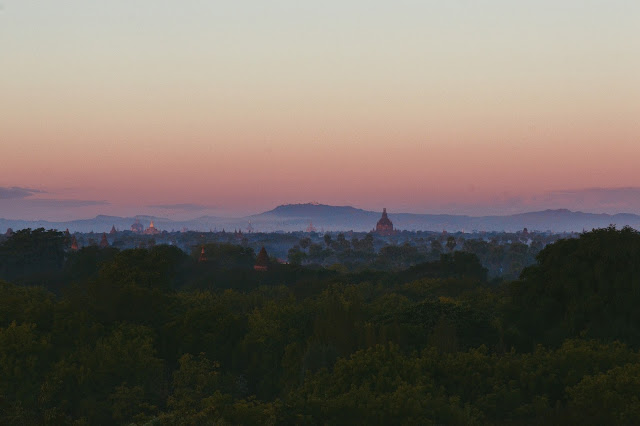



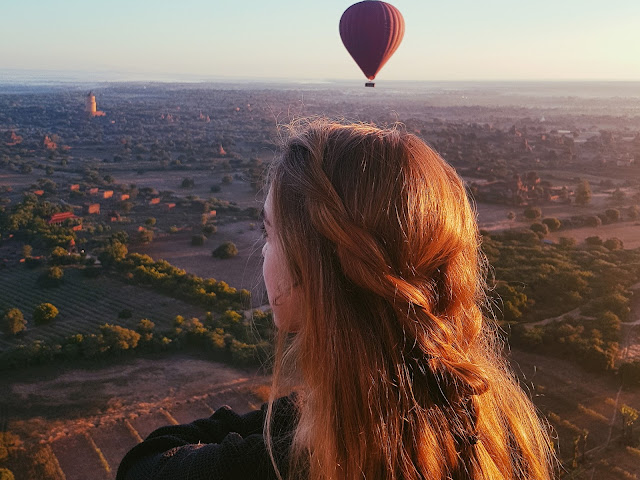



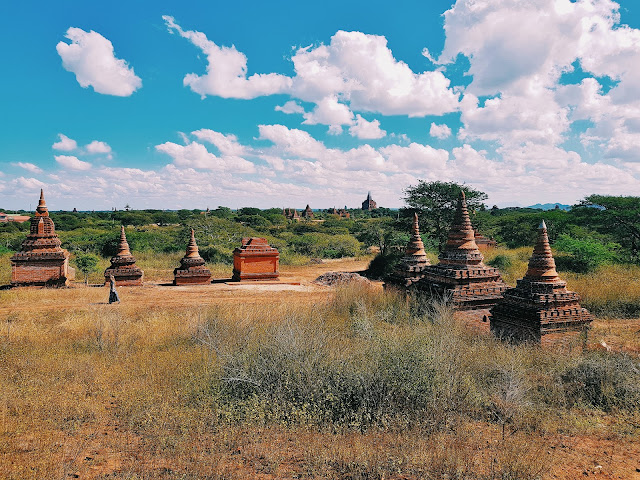
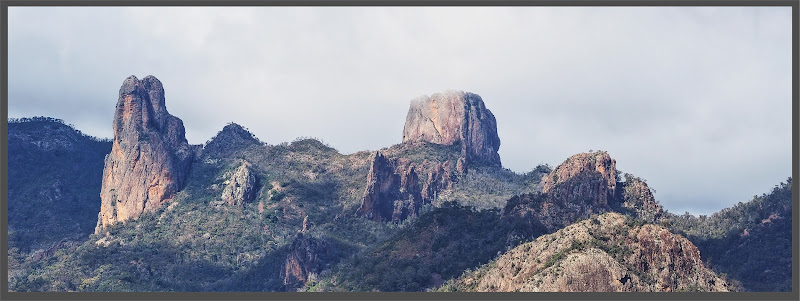
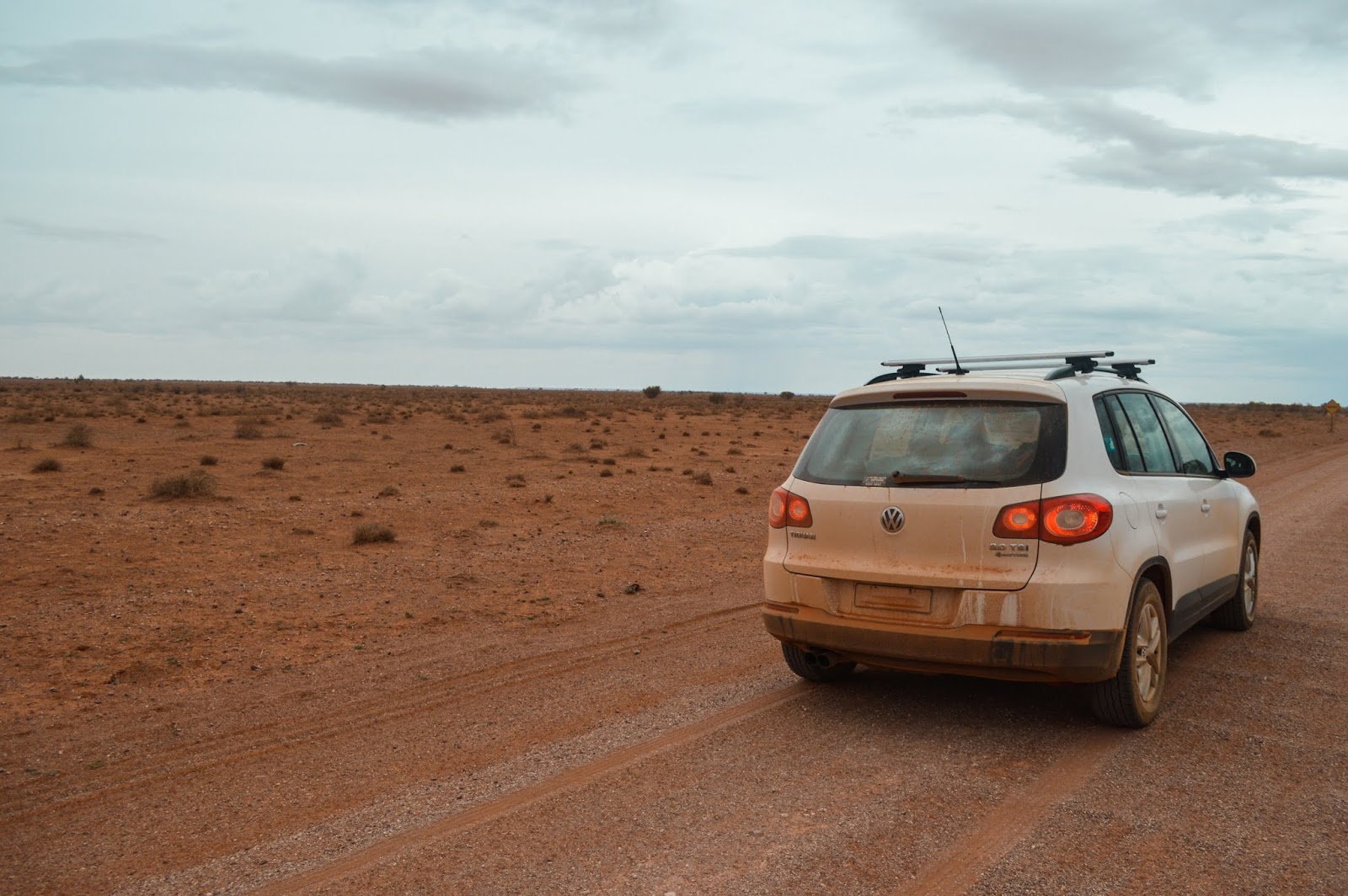
Comments
Post a Comment